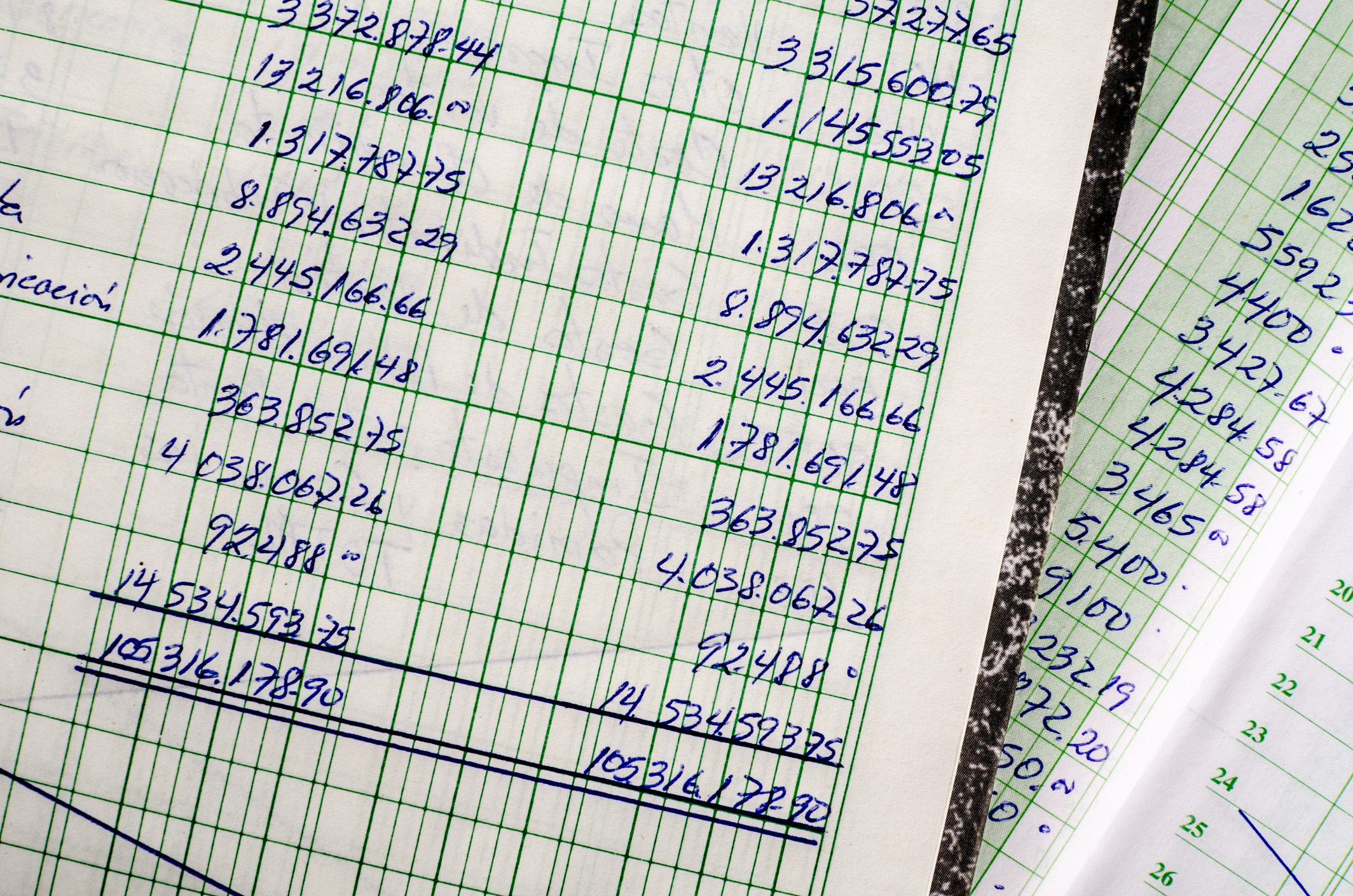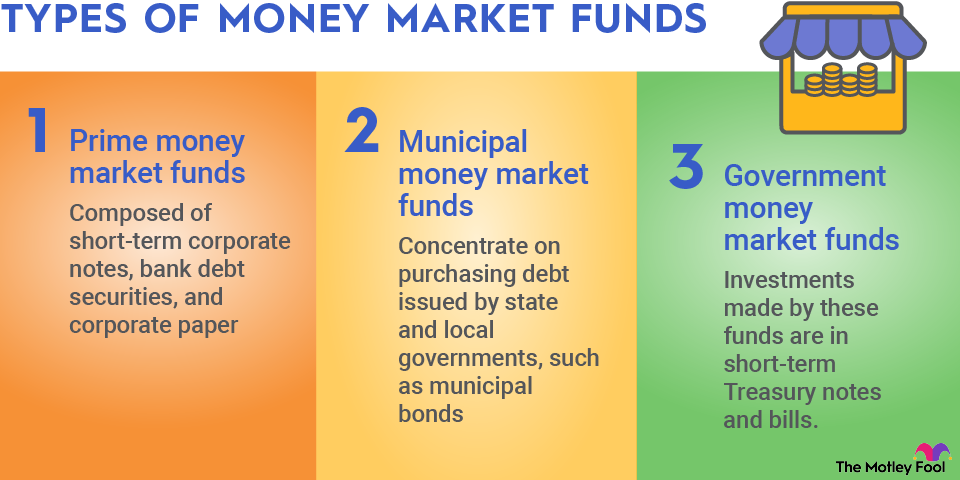- Peter Perfect was a flawless market timer, investing $2,000 annually at each year's lowest closing point of the S&P 500 for 20 straight years.
- Ashley Action took a straightforward, consistent approach, investing her $2,000 on the first trading day of every year.
- Matthew Monthly employed dollar-cost averaging, dividing his annual $2,000 into 12 equal parts and investing them at the beginning of each month.
- Rosie Rotten consistently had terrible timing, always investing her $2,000 at the market's annual peak.
- Larry Linger kept his money in cash equivalents like Treasury bills, always waiting for a better time to invest in the market.
As expected, Peter Perfect came out on top due to his uncanny ability to time the market perfectly. However, the surprising result was how well Ashley and Matthew did with far less effort. They consistently invested and used dollar-cost averaging, respectively, and achieved returns almost as high as Peter's.
Even Rosie, despite her poor timing, ended up not too far behind due to her consistent investment actions.
Larry, on the other hand, fared the worst. His strategy of waiting for a lower market to invest never really paid off, and he missed out on significant growth opportunities.
The key takeaway from this study is that while you may aspire to be like Peter Perfect, it's more likely you'll end up like Larry Linger if you attempt to time the market. In contrast, consistently investing like Ashley and Rosie or employing a dollar-cost averaging strategy like Matthew can yield effective results without relying on luck or perfect timing.


















